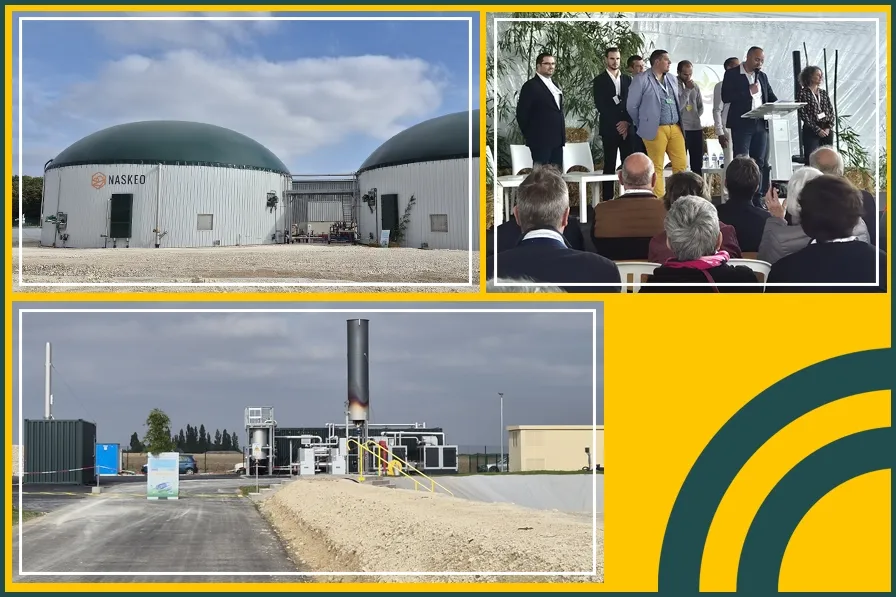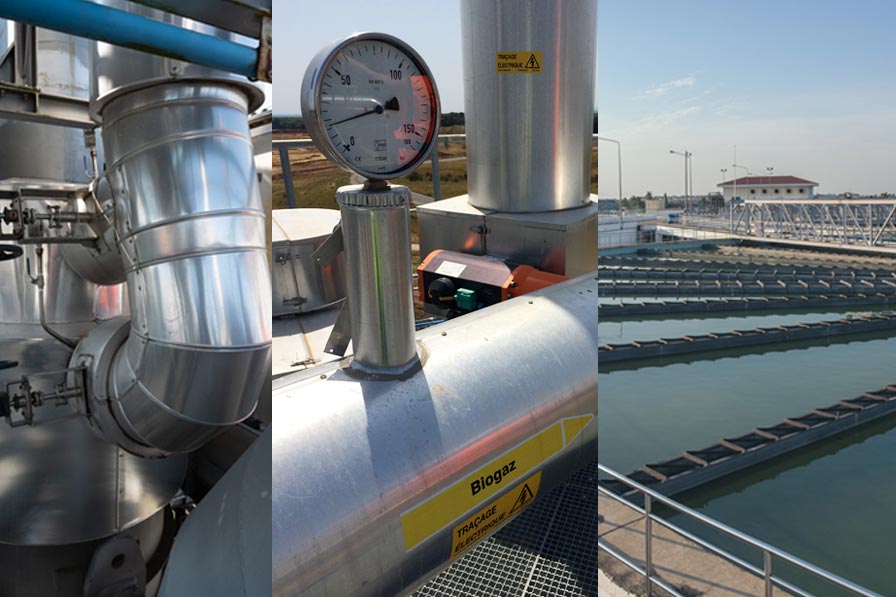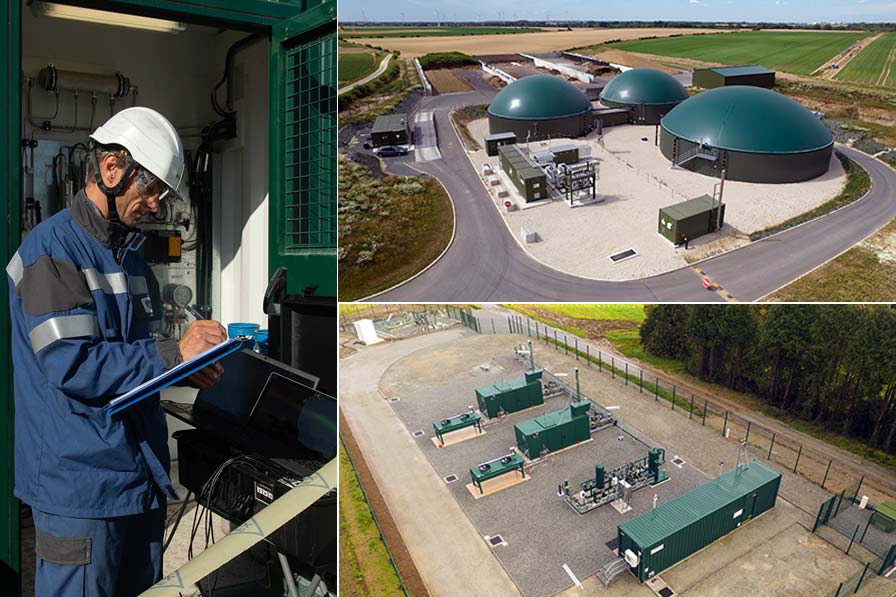Opening of the six-farm biogas facility

In France’s Loiret département, a group of young farmers made up of seven crop farmers and one livestock farmer, have spearheaded an innovative and sustainable biogas project. Despite the obstacles that ambitious companies may sometimes encounter, at no point did their determination waiver and they have succeeded in delivering. The project took six years from planning through to realisation. It was made possible thanks to the strength of our group, as well as the support of numerous companies, partners, families and loyal friends.
Ter’green, as a co-developer and 25% shareholder, helped the project successfully progress through its major development stages:
- Ter’green's arrival: July 2022
- Funding secured: December 2023
- Construction commences: January 2024
- First injection: April 2025
In just 13 months, the KEON group’s NASKEO teams designed and built this ambitious unit, which has a capacity of 230 Nm³/h, equivalent to 21 GWh per year. The site will process 23,648 tonnes of input materials per year, or 65 tonnes per day, coming from agricultural sources (energy cover crops, manure, beet pulp, cereal residues), from the community (grass clippings), and from biowaste through specialist company Akène 45 (part of the KEON group).
This project is also supported by:
- SYCOMORE (KEON group), which is involved in operational maintenance to ensure the performance and long life of the unit,
- TEIKEI (KEON group), a key player involved in procuring biowaste via Akène 45’s pre-processing facility,
- KEON.CO, a shareholder partner working alongside the farmers,
- The Seine-Normandy water agency,
- The Centre Val de Loire ADEME, which has contributed €1,143,455 to it..
The biogas plant will feed its renewable gas into the NaTran network, the main gas transport operator in France. It will then be able to deliver it to consumers.
A human adventure first and foremost
The project was started by a group of motivated young farmers, united and proactive, and convinced of the environmental and economic benefits of biogas production. Their unwavering commitment, even in difficult times, reflects their shared vision and their ability to innovate together. The first methanisation unit feeding into the NaTran gas transmission network in the Loiret represents a new generation of agricultural projects: collaborative ones.
Development of biomethane in the Centre-Val de Loire region
The Centre-Val de Loire region is actively supporting the growth of biomethane as part of its push towards the energy transition. As of the end of 2024, 43 production sites were in operation, compared with 35 in 2023, representing installed capacity of 706 GWh, of which 533 GWh were actually produced (430 GWh in 2023).
The increase in biomethane production shows that local stakeholders are actively supporting a sustainable energy approach that makes use of waste and farm resources.
Biomethane production facilities rely on several types of resources:
- Household waste: 71.5 GW
- Agricultural waste: 14.4 GW
- Treatment plants: 3.6 GW
- Regional facilities: 2.7 GW
- Other waste: in the process of being evaluated
The momentum is continuing with 58 projects in the pipeline, representing a potential capacity of 1.2 TWh per year – stable compared with the previous year. These projects reflect the growing interest of local authorities and industrial players in renewable, local and circular energy.
Thanks to three reverse-flow stations now in service, 4.4 GWh of renewable gas that would otherwise be lost can now be injected into the network. Another twelve reverse-flow stations are planned, which will boost biomethane reinjection capacity into the gas network and cut down on energy losses.
Current biomethane production in Centre-Val de Loire could heat 44,400 new gas-heated homes, illustrating the potential of this energy to meet local needs while reducing the carbon footprint.
Methanisation – local renewable energy
The production of renewable gas, a local energy derived from our regions and agricultural sectors, is experiencing strong growth; France has moreover become the leading biomethane producer in Europe (sources: European Biogas Association (EBA) and Gas infrastructure Europe (GIE)).
Using methanisation, livestock effluents (slurry, manure), crop residues, agri-food waste, sewage sludge, and even biowaste can become a resource: they are transformed into biogas. Once it has been purified, it is of the same quality as natural gas, meaning that it can be injected into the gas network. It is then referred to as biomethane. Like natural gas, it can be used for heating and cooking… and much more. If used as a fuel (BioNGV), it is an economic and eco-friendly solution – particularly for freight and people transport. In addition to producing 100% renewable and local energy, the methanisation process generates digestate, a residue that can be used as an organic fertiliser, reducing the need for synthetic chemical fertilisers.
This circular economy approach helps the region with its energy transition, by producing renewable energy and lowering greenhouse gas emissions. It also promotes more sustainable and resilient farming practices, and it helps create local jobs that cannot be outsourced to other regions or countries.

